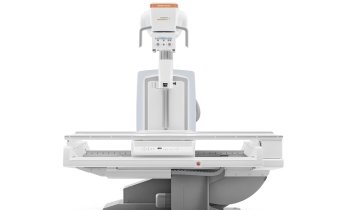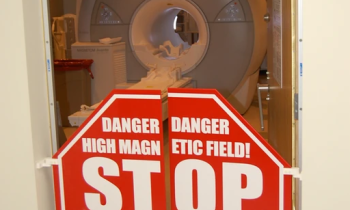New AF classification by ECG will deliver personalised treatment
Despite the availability of cardioversion, ablation and medications to treat AF, outcomes are often poor because it is unclear which patients will benefit most. A new classification of atrial fibrillation (AF) by electrocardiogram (ECG) is set to be developed by European experts to aid personalised management of this devastating condition.

The decision to establish a classification comes after the first European conference on standardising ECG analysis of AF was held earlier this month in Lugano, Switzerland. The meeting was endorsed by the European Heart Rhythm Association (EHRA) of the European Society of Cardiology (ESC), the ESC Working Group on e-Cardiology and the German Competence Network of Atrial Fibrillation (AFNET).
AF is the most common cardiac rhythm disorder, occurring in 1.5-2% of the general population in the developed world.1 It is estimated that the prevalence will at least double in the next 50 years as the population ages.2 Patients with atrial fibrillation have a substantially increased risk of stroke, heart failure and impaired cognitive function including dementia.
Despite the availability of cardioversion, ablation and medications to treat AF, outcomes are often poor because it is unclear which patients will benefit most. Personalised management has been proposed as the only way to close the morbidity and mortality gap for patients with AF.3 This requires identifying the underlying cause and mechanisms of AF so that treatment can be targeted appropriately.
AF is currently diagnosed by an ECG, often by a general practitioner (GP). But the ECG is underutilised with respect to identifying the underlying cause of AF, which would help GPs make personalised treatment decisions.4, 5 GPs need to know how ECG readings correlate to the cause of AF and the Lugano meeting was convened to discuss how to start such classification.
Professor Ulrich Schotten (Netherlands), co-chair of the meeting, said: “Our goal is to better define which treatment should be used in which patient. The ECG recording can be used to analyse AF complexity, which indicates the cause of AF, and this should tell us whether a certain treatment is likely to be successful in a specific patient.”
He added: “There is a lot of knowledge in Europe on ECG analysis but it is scattered across many centres and needs to be brought together and standardised. Following the meeting in Lugano we will develop a classification of AF based on AF complexity determined from ECG recordings. This classification could then guide AF therapy.”
The meeting was attended by European experts on ECG and AF, and included physiologists, engineers who perform ECG signal analysis, and clinicians. In the coming months they will agree on technical standards for recording and analysis of AF complexity. The aim is to publish a classification early next year. Large prospective trials will then be held to clinically validate the proposed ECG markers of AF complexity.
Professor Lukas Kappenberger (Switzerland), who also co-chaired the meeting, said: “The goal is to incorporate classification of AF based on ECG into patient management and eventually future ESC guidelines. We then need to engage the medical community to use the classification, which will contribute to optimal treatment selection.”
He added: “At the moment in the real world diagnosis is simply AF. In the future we hope to be able to say this is AF, this is the cause, and this is the mechanism. Most patients with AF are taken care of by their GP. A closer look at the ECG with appropriate classification will provide GPs with a simple and cheap way of distinguishing which patients need further control or advanced therapies and which do not need any special rhythmologic attention.”
Professor Kappenberger concluded: “Our aim is to refine the diagnosis of AF by including reflections based on the ECG and its signal content. As there seems to be more information contained in the ECG than we currently use, there is no need for sophisticated new technologies, we can just make better use of what we have. Using the ECG to identify specific types of AF will contribute to best treatment selection for the individual patient and bring improvement in outcome in the AF population at large.”
20.12.2013











